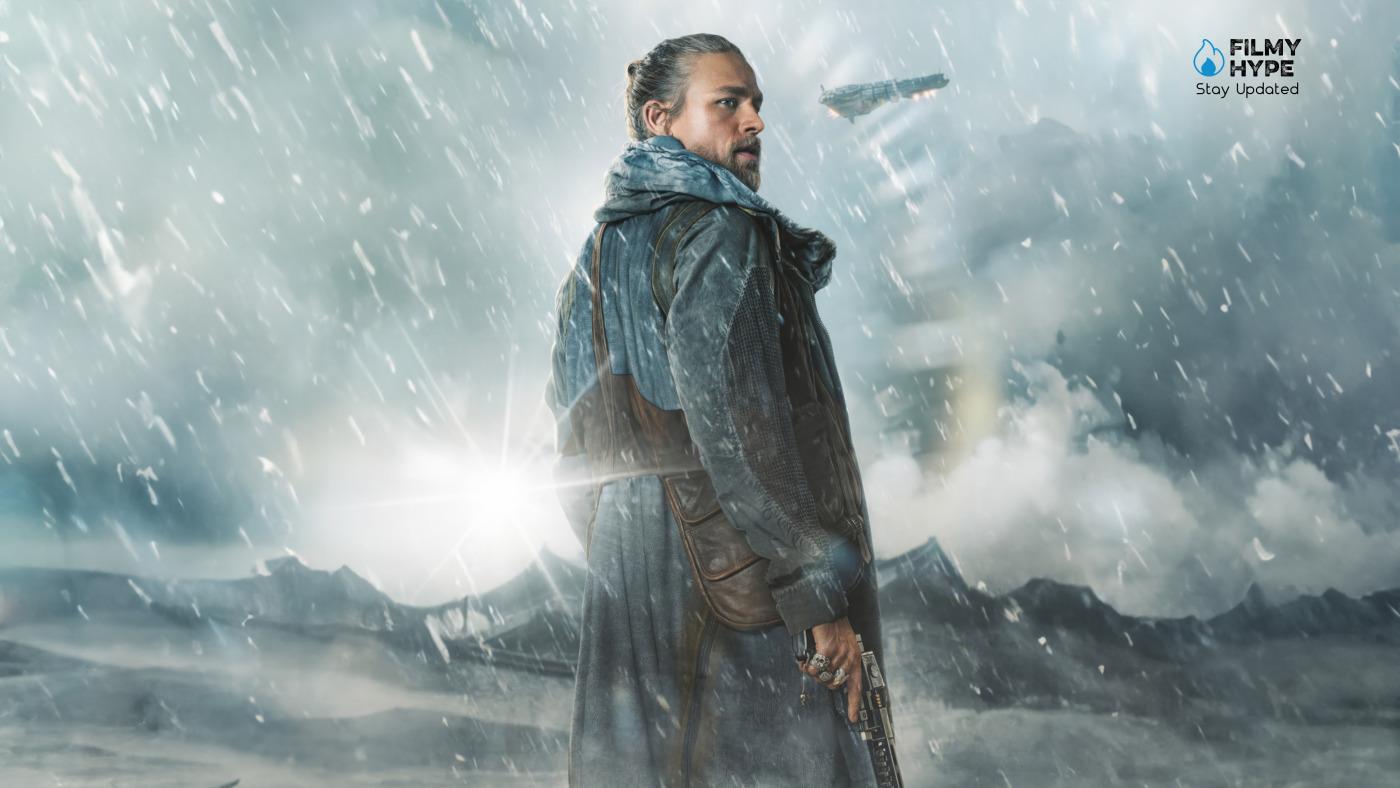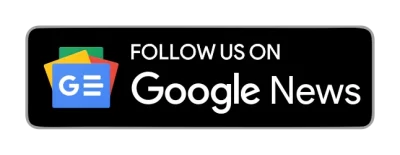Rebel Moon: Because it is Zack Snyder’s Star Wars
Rebel Moon was announced as Zack Snyder‘s Star Wars, a reference to him according to the previews. How are you building it and what was your inspiration? In a historical context, we read more and more often about how actors or directors feel squeezed into contracts that bind them to particular characters or particular franchises, in some cases even reporting a sort of ostracism by the “system that matters” due to this umbilical cord, it is increasingly difficult to find those who want to be tied to a project for many years. Especially if you think that these days currents increasingly tend to polarize thoughts, opinions, feelings, and choices, including professional ones. Cinematic universes, however, show no signs of decreasing, on the contrary, serial narratives are increasingly the future of entertainment that has even decided to focus on intellectual properties to continue the trend.
Rebel Moon: Because it is Zack Snyder‘s Star Wars
Then there are the exceptions. Two, the ones that interest us, of a completely different nature, were magically about to touch each other some time ago, only to see their paths divided. Let’s talk about Zack Snyder and Star Wars. The first is notoriously against the grain, arriving at Rebel Moon in the wake of the desperate search for his narrative universe (in a December interview he even reiterated his willingness to take over the threads of his DC project), and the second is a saga so prestigious as to attract any professional in the sector. Often those who connect to the world created by George Lucas do a good deal (think, as a final example, of Pedro Pascal) and, in any case, having a pose or two in one of the films on your CV remains a source of pride (think that actors like Tom Hardy decided to make a cameo even without taking off his helmet). Then there are the exceptions. Two, the ones that interest us, of a completely different nature, were magically about to touch each other some time ago, only to see their paths divided.

Did you have a shiver down your spine at the news of the Green Bay filmmaker in the world of lightsabers? We did, also because Snyder couldn’t help but shoot very high and had even talked about a pitch that had as references none other than Sergio Leone and Akira Kurosawa. The project expired after the acquisition of Lucas Arts by Disney which took Star Wars and decidedly veered towards other routes. Well, from the ashes of that writing, like the Arabian phoenix (an image which, we are very sure, the filmmaker likes so much that he may have decided to make the film we are about to talk about just to be able to fantasize about it), that of Rebel Moon was born, the new Snyderian cross-media universe in partnership with Netflix, whose first act, Rebel Moon Part One- A Child of Fire (here is our review ) you can find from 22 December 2023 on the Tu Dum platform. Cross-media universe that has many references to Star Wars, both on an aesthetic and writing level. Don’t believe it? Trust us.
In a Nearby Nearby Galaxy
Filmed back-to-back with its second part (out in April 2024), Rebel Moon Part One- A Child of Fire aims to be a piece on which to build a gigantic structure in the shortest possible time, capable of supporting (we specify “to date”, that things with Snyder are constantly changing) a third film, an animated short film, a prequel graphic novel, and a video game. Not to mention that this new universe wants to incorporate the old project of Army of the Dead, perhaps inserting it through the announced sequel Planet of the Dead. Imagine: a planet in this new nearby galaxy entirely inhabited by zombies. Not bad.
Therefore, for an elephantine operation to be created in a short time, the first thing needed is its history and mythology. Something that Snyder knows how to do very well (his more or less successful and more or less spectacular summary intros are famous) and this case too is no exception. Let’s start from here because it is precisely from this point of view that Rebel Moon takes a lot from Star Wars, even if it doesn’t joke about the rest. One thing at a time. Therefore, for an elephantine operation to be created in a short time, the first thing needed is its history and mythology.

Ruling over the entire universe of Rebel Moon is the Mother Planet, the capital of the Kingdom, headed by a very long royal dynasty that continued for millennia until a plot hatched by the crown’s closest allies led to the assassination of the last sovereign, his bride and their princess, Issa, the reincarnation of the ancient queen mother, capable of giving the life. In their place, Belisarius, a former general now Regent, ascended the throne, determined to dominate the entire Galaxy. He is opposed to the Rebellion, a group of nomadic warriors who try to fight this new power by hiding from the King’s Eye, a huge ship capable of destroying entire planets. You figure it out for yourself, an alternative version of Star Wars.
What Snyder recovers from Lucas’ imagination, however, is a fundamental narrative point, namely the prophecy, which, as in the case of the franchise with the Skywalkers, revolves around the concept of balance. Princess Issa has the power to restore life to make up for the constant wars in which her father was the protagonist. A sort of redemption for the greatest intergalactic monarchy. Kora, the protagonist, is the symbol of this fine because she is the adopted daughter of Belisarius (the worst villain of all) and a decorated former warrior of the Empire, er, sorry, of the Mother Planet. Now fugitive. What Snyder recovers from Lucas’ imagination, however, is a fundamental narrative point, namely the prophecy, which, as in the case of the franchise with the Skywalkers, revolves around the concept of balance.
Fundamental thematic junctures of Lucas’ saga, around which Snyder builds a plot that for the most part seems like a remake of A New Hopea (only the destruction of the ship is missing in the finale), but in which he inserts the recruitment of the team, a fundamental topos of his, which refers to his more cinematic references beloved. And this brings us to the next point.
A Completely Derivative Universe
Next point: The universe of Rebel Moon is completely derivative, and this is also its funniest aspect. Aside from obvious problems in the scenographic rendering (the thing that most disappointed the writer when watching the film), the planets are like areas of Zack Snyder‘s creativity, who had to compose them taken a little by his filmography, a little by his passions and a little by what he always wanted to do. The beauty of the American filmmaker is his romantic vision of cinema, according to which he would be able to make a film with a 160 million budget (the figure for the two parts of Rebel Moon) only to be able to have in his career the shot of a man with a bareback who, at the slow, jumps on the back of a hippogriff against the light of a desert sun or of a woman with two red laser blades who impales a spider woman (always at the lens) in the basements of an alien metropolis.
Next point: the Rebel Moon universe is completely derivative, and this is also its funniest aspect. Western, historical, horror, blockbuster, Jidai-Geki (or chambara), cyberpunk, fantasy, and sci-fi. All together within a cinematic universe in which you can see Nazis with Matrix holes on their bodies killing barbarians using a wooden club, while their subordinates are soldiers with an outfit that not even the Marines in Aliens would have had. blushing robots. Or you can see saloons with Japanese writings on the outside where you can set (almost) the same ones as the Tatooine place in the 1977 Star Wars film.
Zack Snyder‘s new film constantly feeds on the visions of other filmmakers both in terms of environments (there is a water planet and a sovereign alien who seems, in fact, a genetic mutation of Jar Jar Binks’ race, another completely wintry and so on), and in terms of characters (although many are yet to be discovered), exactly as Lucas did in his time. His nature, like that of Spielberg, was completely devoted to escapism through the postmodern blockbuster and in fact, the very essence of Star Wars does not indicate the desire to talk about the contemporary, but rather that of thinking about the classics. It is no coincidence that he had no problem stealing from other people’s universes, even unfinished ones (Jodorowski knows something about this), or recovering the logic of chivalric poems.
Or you can see saloons with Japanese writings on the outside where you can set (almost) the same ones as the Tatooine place in the 1977 Star Wars film. Rebel Moon Part One- A Child of Fire does the same thing, but being a Snyderian product, it takes inspiration from mythology (mostly Greek) and focuses above all on directorial styles. The richness of the idea and the beauty of the filmmaker’s challenge is to be able to combine a Leone scene with a First World War style battle together with a duel between monstrous Ronin and, to top it all, a wide shot of a planet with a blood red sunset released by a couple of moons. More than the plot, more than the thematic meanings, a huge cinematic playground into which one can delve, in the hope of creating a classic and giving life to an imagination capable of renewing itself and inspiring others after it. The best for a visionary creative like Snyder.






